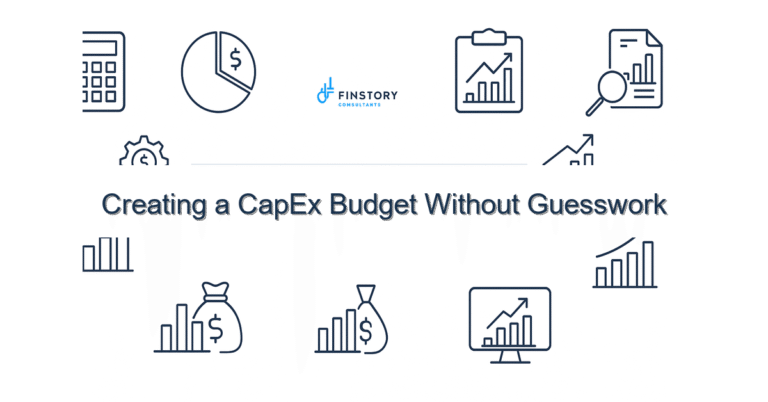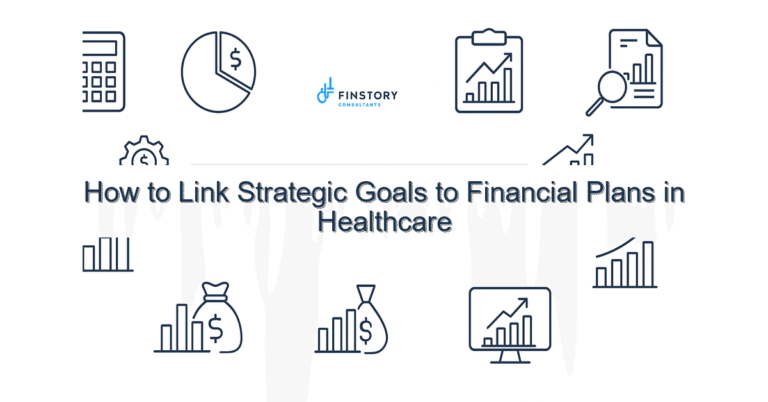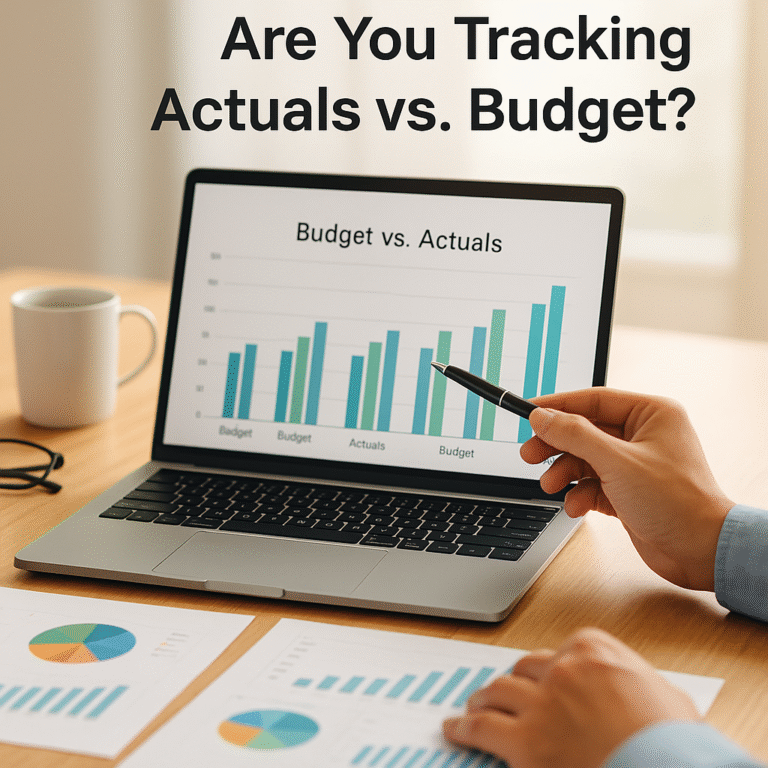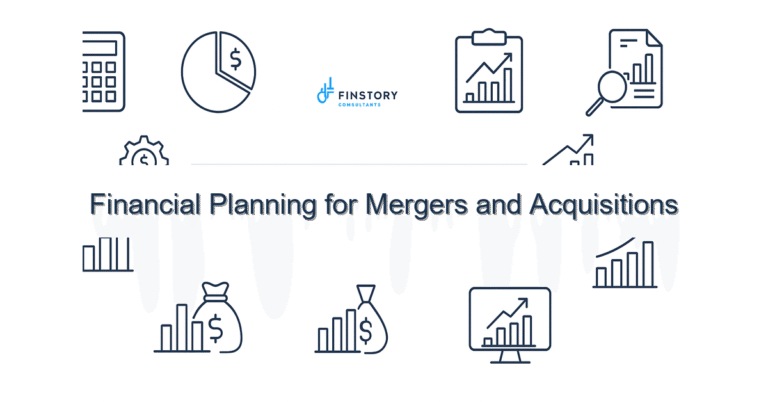Top Budgeting Mistakes Small Businesses Make (And How to Avoid Them)
If you’ve ever felt like budgeting for your business is part science, part guessing game—you’re not alone.
Small businesses often juggle tight cash flow, shifting priorities, and limited time. And while budgeting is crucial, it’s also where many business owners stumble.
The good news? Once you know the common pitfalls, you can sidestep them—and build a budget that actually helps you grow.
Mistake #1: Copying Last Year’s Budget
Many small businesses start the new year by saying:
“Let’s just add 10% to last year’s numbers.”
But here’s the problem: last year’s budget may have been based on outdated costs, changing markets, or one-off events.
Example:
A small event company assumed post-pandemic demand would stay sky-high. They added 15% across the board—only to see corporate event bookings drop as companies cut spending.
Tip:
Start fresh each year. Analyze current trends, cost changes, and revenue shifts instead of simply inflating past numbers.
Mistake #2: Underestimating Expenses
Many owners budget only for “the obvious” costs—rent, salaries, utilities. But small, irregular expenses add up fast:
- Software subscriptions
- Office repairs
- Team celebrations or client gifts
- Regulatory fees
Example:
A boutique agency forgot to budget for software renewals totaling ₹1.5 lakhs. It hit cash flow hard in Q3.
Tip:
Look back at bank statements from the past year. Identify irregular expenses and add them to your budget.
Mistake #3: Not Budgeting for Slow Periods
If your business has seasonal highs and lows, budgeting as if every month is equal can cause chaos.
Example:
A Chennai-based wedding photographer budgets the same monthly income all year. But her off-season (May to September) brings minimal revenue. By August, she’s using credit cards for business expenses.
Tip:
- Forecast revenue month by month.
- Build a cash reserve from peak-season profits to cover lean months.
Mistake #4: Forgetting to Track Actuals vs. Budget
A budget isn’t “set it and forget it.” Without checking actual numbers, you’ll miss early warning signs.
Example:
A retailer planned for ₹10 lakhs monthly revenue. But sales dropped to ₹6 lakhs for two months straight. No one noticed until cash ran dangerously low.
Tip:
Review actuals against your budget every month. Investigate variances and adjust as needed.
Mistake #5: Ignoring Cash Flow
Profit doesn’t equal cash in the bank. Many profitable businesses run out of cash because payments come late or costs spike unexpectedly.
Example:
A digital marketing firm booked a huge contract worth ₹20 lakhs. But the client delayed payment by 60 days. Meanwhile, expenses continued. The business nearly missed payroll.
Tip:
- Monitor cash flow separately from profit.
- Build a cash buffer to handle payment delays.
How a Virtual CFO Can Help
Budgeting mistakes often happen because small business owners wear a thousand hats. A Virtual CFO can:
- Help build a budget tailored to your business cycles
- Spot hidden costs you might miss
- Analyze your cash flow and plan for gaps
- Review your numbers regularly so you’re never caught off guard
They’re your financial partner, helping you turn your budget from a guessing game into a roadmap for growth.
Final Thoughts
Budgeting doesn’t have to be stressful—or mysterious. Avoid these common mistakes, and you’ll create a budget that helps your business thrive instead of holding it back.
So, let me ask you: Are you making any of these budgeting mistakes?
If you’d rather get it right from the start, a Virtual CFO might be exactly the support you need.






